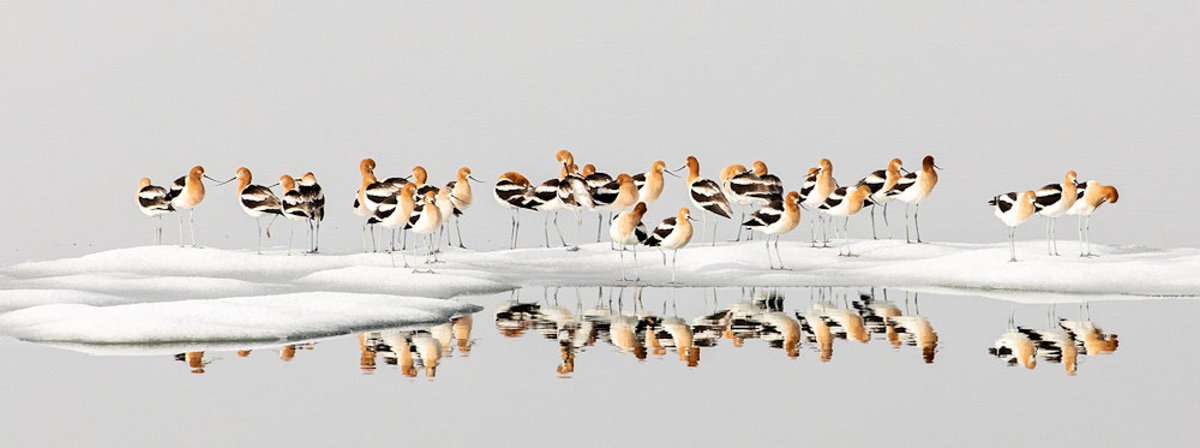
More than 60 mammals live in Yellowstone, The map shows the most likely places to see the big mammals and the checklist below the map gives more information. Remember what you see will vary with the weather, season, and behavior of the animals. You might see these and other animals in other places in the park, or you might not see any.
